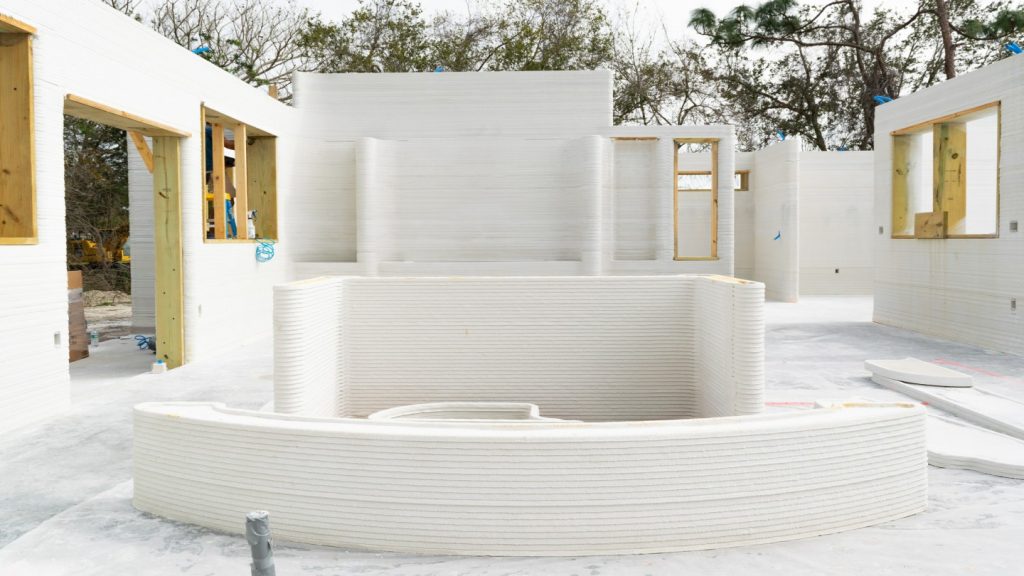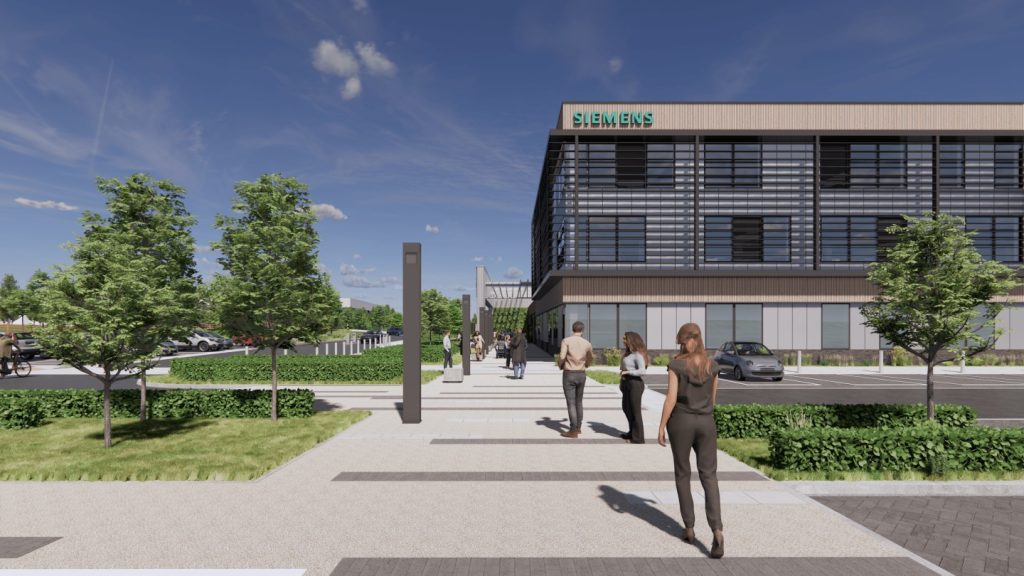Coop Himmelb(l)au was founded in 1968 in Vienna, Austria, by Wolf D Prix and Helmut Swiczinsky and has since been a powerful force in the fields of architecture, design and art. The practice employs what it calls "psychogramatic" methods in its design process, the idea that buildings are inspired by body language. Prix is interested in the unconscious cross-referencing of culture with architecture and using the functions of the brain to masterplan the functions of the city.
Last year Central High School 9 in Los Angeles opened, resembling a Dali-esque rollercoaster and the firm recently completed Pavilion 21, a temporary structure that seats 300 people and will host its first performances during the Munich Opera Festival in the summer of 2010. The gleaming spikes on the outside of the opera house were based on computer space modelling of the music of Jimi Hendrix. It was "form synthesised with function," says Prix. On a more sober note, Coop Himmelb(l)au is also responsible for the design of the European Central Bank in Frankfurt, scheduled to be completed in 2014.
Christopher Kanal: Do you think architecture has lost its soul and role within society?
Wolf D Prix: Yes, but only if you use your branding for your own vanity. If you use it as a tool to explore new ideas then that is good. There is nothing wrong with being a star architect. Le Corbusier was a star architect and others like him used their name to push forward new ideas.
CK: If you consider those people icons, what does that term mean to you?
See Also:
WDP: In terms of architecture, in the anonymous fabric of the city, icons are very necessary to be a point in people’s mentality regarding where they live and where they are from.
How well do you really know your competitors?
Access the most comprehensive Company Profiles on the market, powered by GlobalData. Save hours of research. Gain competitive edge.

Thank you!
Your download email will arrive shortly
Not ready to buy yet? Download a free sample
We are confident about the unique quality of our Company Profiles. However, we want you to make the most beneficial decision for your business, so we offer a free sample that you can download by submitting the below form
By GlobalDataHimmelb(l)au employs ‘psychogramatic’ methods in its design process, the idea that buildings are inspired by body language.”
CK: Is this part of your own design philosophy? How has that evolved?
WDP: We are doing bigger projects, but the core values are the same. I have the same belief that architecture is a 3D expression of society, with all of its advantages and disadvantages. But now I believe more than ever in open systems of architecture.
People hate the word authenticity. I like it. There are three words that will become very important in the future of architecture: authenticity, intensity and intimacy. If you follow those three paths and bring them together you will create good architecture; it will allow you to find solutions to problems before they become problems.
To spot the problem before it is one and to solve it is, I think, one of the most important concepts in architecture.
CK: Are there any other areas you intend to explore further in architecture?
WDP: Right now we are doing a research programme comparing the function of the brain and the function of the city. By overlaying the images of a growing brain over the development of the city, you can see where the problems are. It will be finished in a year. It is fascinating. We will have a tool to describe scenarios not only in an architectural way but also in terms of infrastructure, politics, sociology and economics and we are putting them together in a software programme. It will be able to model how some problems in our city can be addressed using technology. It’s similar to neurological mapping; if a district is declining because of too much bad infrastructure, what should a politician do? This software will show him or her how to improve it. You can manipulate your upcoming scenario like you would in a computer game.
CK: You recently gave a talk at the Barbican on the influence of surrealism on architecture, among other things. Would you say there is a considerable amount of surrealism in your work?
WDP: How we developed our design method is very related to the surrealistic ethic; using the subconscious. Surrealism means self realising; the subconscious is the most important driving force in our lives. I have always been fascinated by Breughel, Bosch and Dali.
CK: On the more sober side of the work you do, how is the European Central Bank project progressing?
WDP: It has broken ground. It should be finished by 2013 before they move in 2014. It’s getting better every day. I like ground-breaking, it’s the moment when a thought building becomes a real building. The task of architecture is not only to provide a shell for functions, but through its aesthetic it must also establish 3D cross-references in the culture of our globalised society without denying locality. The dialectic of old and new in the ECB building – the carefully renovated Großmarkthalle and the new ensemble of towers – will embody this synchronicity.
CK: What was it like working on a project for a big financial institution?
WDP: It was tough; all big projects are tough. That is how architecture is nowadays because it costs money.
Money is politics and politics is very complicated. These projects take time.
CK: How do you reconcile art, business and commerce?
WDP: The talk at the Barbican you referred to with the artist Erwin Wurm on surrealism in contemporary architecture, looked at how today art is a marketing game. Architecture is as well but only if you look at the name of the architect. When it comes to reality then it becomes more complicated.
CK: Do you think, then, that architects have become brands?
WDP: Architects are brands. But the advantage of becoming a brand is that you get the same attention as the client. The architect and the client have to work together. Good architecture for me is to make a remarkable, memorable building that deals not only with privacy but with the private and the public. If it’s a private building then it has to be a landmark in the public space.
CK: Do you prefer to work on public projects?
WDP: Yes I do and our approach is different. Convincing the client that our project could be a win-win one is our goal. The European Central Bank is a very important project for the EU. In our multifunctional UFA Cinema Centre in Dresden, we reinterpreted a cinema complex into a vertical public space. And BMW World was meant to be a deliberate place for cars but it’s a public space. A lot of functions were brought together in one urban gallery. In BMW there are a lot of activities so this was a success; people go there to have fun.
CK: Are there particular audiences you like to create buildings for?
WDP: Schools are very important. It is easy to see why I am so fascinated working on schools. If you follow my ideas, what you see and store in your subconscious will come out. My argument for designing an arts schools is that, if you don’t educate artists, who will fill the museums we are building?
Himmelb(l)au’s projects range from a very big museum in Shenzhen to a little soundscaping pavilion in Munich.”
CK: What other projects are you working on at the moment?
WDP: Our projects range from a very big museum in Shenzhen to a little soundscaping pavilion in Munich: a €2.1m pavilion for experimental operas called Pavilion 21. You need mass for acoustics but a temporary building has to be a lightweight structure. So we enlarged the surface and on that surface we used sound reflecting and sound absorbing elements.
CK: Do you have a dream project?
WDP: Just the next one.
CK: How long do you want your designs to last for?
WDP: That is not my concern. Formerly, people never cared about money and time. I just read a book about the building of a monastery; they never cared about how much it cost and how long it would take, they just built it. You could never do that today. In German there is a word, feratung, to give an idea a place. That is it.





